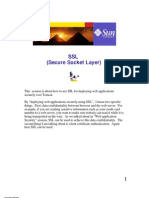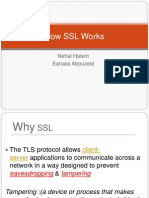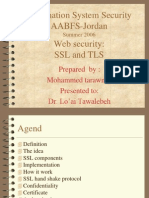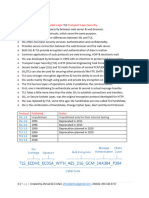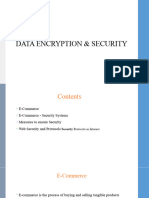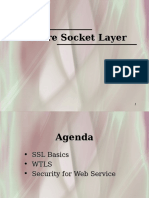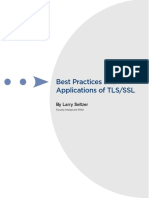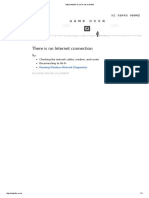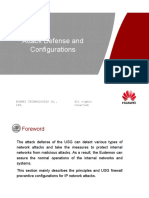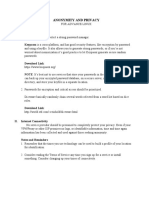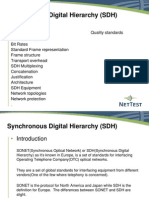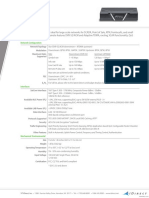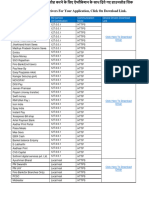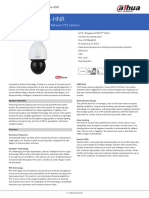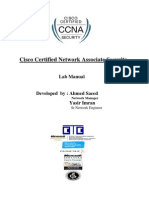0% found this document useful (0 votes)
15 views8 pagesLecture 5 Secure Socket Layer (SSL)
Secure Socket Layer (SSL) is a security technology that establishes an encrypted link between a web server and a browser, requiring an SSL certificate for trust. The certificate contains the owner's public key, ID, issuer name, and a signature from the Certificate Authority, and is obtained through a Certificate Signing Request (CSR). SSL operates through an SSL handshake using public, private, and session keys to encrypt data transmitted between the browser and server.
Uploaded by
محمد التمشCopyright
© © All Rights Reserved
We take content rights seriously. If you suspect this is your content, claim it here.
Available Formats
Download as PPTX, PDF, TXT or read online on Scribd
0% found this document useful (0 votes)
15 views8 pagesLecture 5 Secure Socket Layer (SSL)
Secure Socket Layer (SSL) is a security technology that establishes an encrypted link between a web server and a browser, requiring an SSL certificate for trust. The certificate contains the owner's public key, ID, issuer name, and a signature from the Certificate Authority, and is obtained through a Certificate Signing Request (CSR). SSL operates through an SSL handshake using public, private, and session keys to encrypt data transmitted between the browser and server.
Uploaded by
محمد التمشCopyright
© © All Rights Reserved
We take content rights seriously. If you suspect this is your content, claim it here.
Available Formats
Download as PPTX, PDF, TXT or read online on Scribd
/ 8

